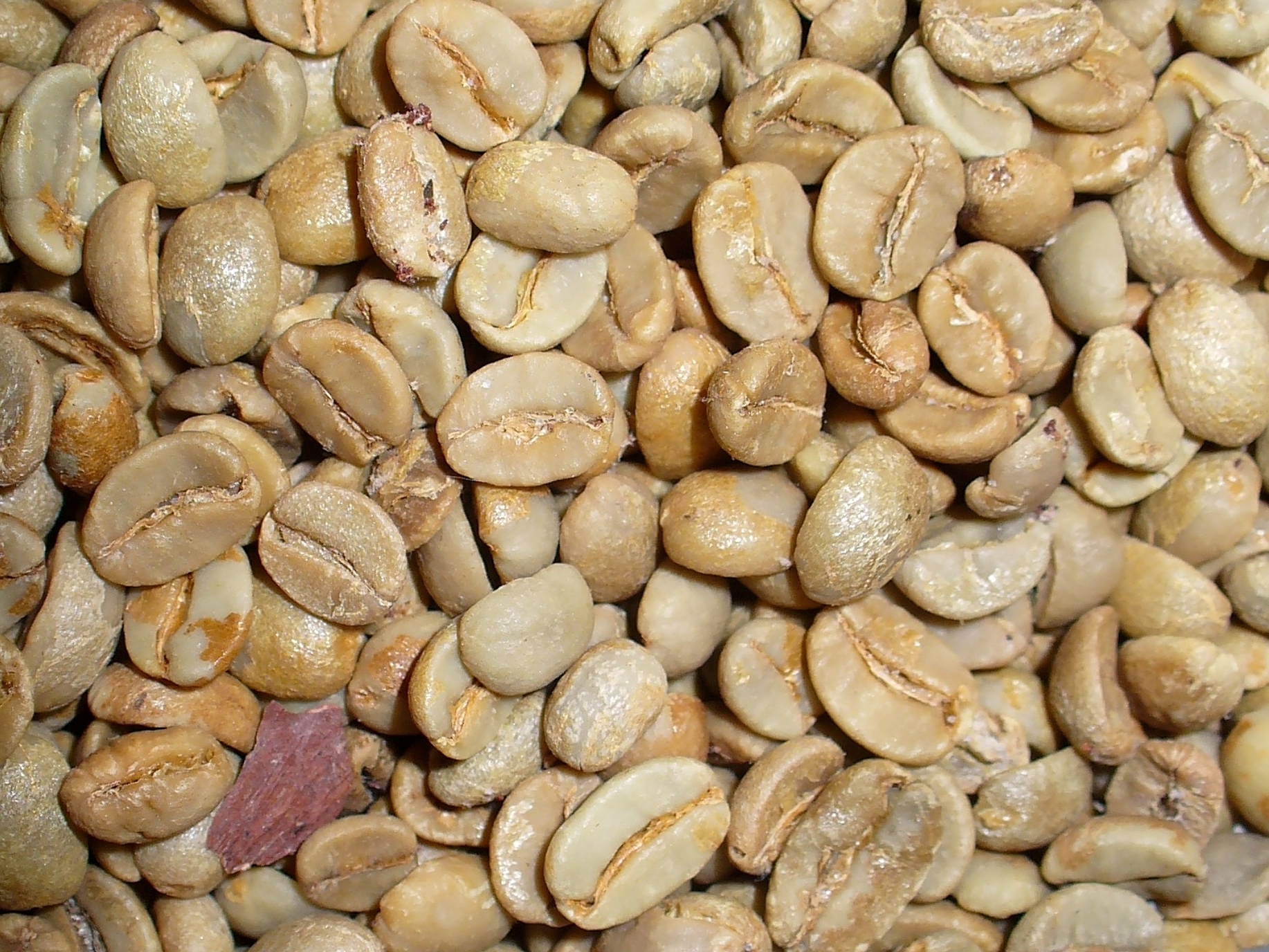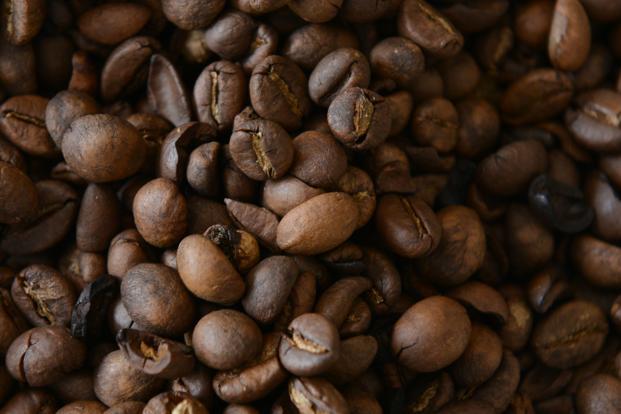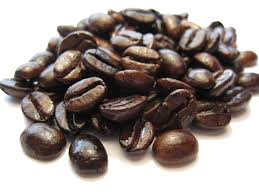Coffee
Coffee Arabica
Coffea arabica /əˈræbɪkə/ is a species of Coffea originally indigenous to the forests of the southwestern highlands of Ethiopia, It is also known as the "coffee shrub of Arabia", "mountain coffee", or "arabica coffee". C. arabica is believed to be the first species of coffee to be cultivated.
Wild plants grow between 9 and 12 m (29 and 39 ft) tall, and have an open branching system; the leaves are opposite, simple elliptic-ovate to oblong, 6–12 cm (2.4–4.8 in) long and 4–8 cm (1.6–3.2 in) broad, glossy dark green. The flowers are white, 10–15 mm in diameter and grow in axillary clusters. The seeds are contained in a drupe (though commonly called a "cherry"; the plural form is simply "cherry"—used only when referring to the fruit of C. arabica—when referring to the actual cherry fruit, the appropriate plural is "cherries") 10–15 mm in diameter, maturing bright red to purple and typically contains two seeds (the coffee seeds)
We Offer a wide varitie of plantations and cherry varity with gradation A, AA, PB, B, and BBB

Indian robusta
Robusta is a sturdy species of coffee bean with higher acidity and high bitterness; it is used primarily in instant coffee, espresso, and as a filler in ground coffee blends. The bean comes from the Coffea robusta variety of the Coffea canephora plant (widely known itself by the synonym Coffea robusta) which has its origins in central and western sub-Saharan Africa. Robusta is easy to care for, has a greater crop yield, has almost double the amount of caffeine and more antioxidants, and is less susceptible to disease than arabica coffea. Roasted robusta beans produce a strong, full-bodied coffee with a distinctive, earthy flavour, but usually with more bitterness than arabica due to its high pyrazine content.
We Offer a wide varities of parchment and cherry varity with gradation A, AA, PB, B, and BBB

Monsooned Malabar
Monsooned Malabar, also known as Monsoon Malabar, is a process applied to coffee beans. The harvested coffee seeds are exposed to the monsoon rain and winds for a period of about three to four months, causing the beans to swell and lose the original acidity, resulting in a flavor profile with a practically neutral pH balance. The coffee is unique to the Malabar Coast of Karnataka and Kerala and has protected status under India's Geographical Indications of Goods Act. The name Monsoon Malabar is derived from exposure to the monsoon winds of the Malabar coast. The blend is heavy bodied, pungent, and considered to be dry with a musty, chocolatey aroma and notes of spice and nuts
